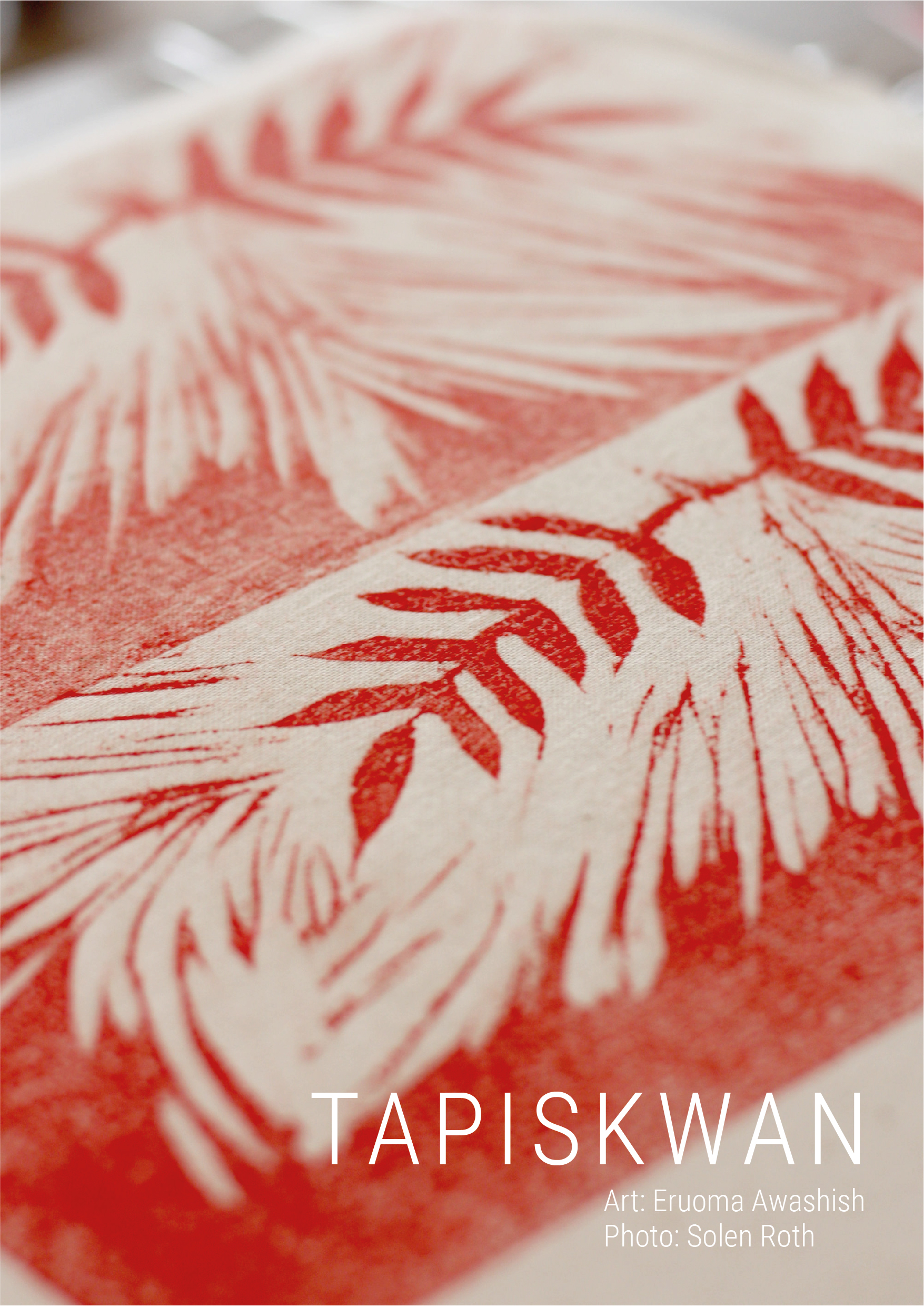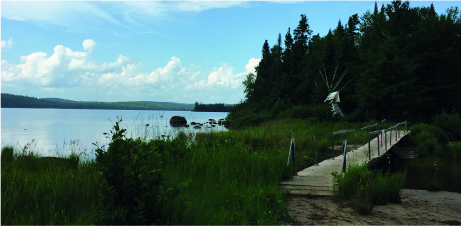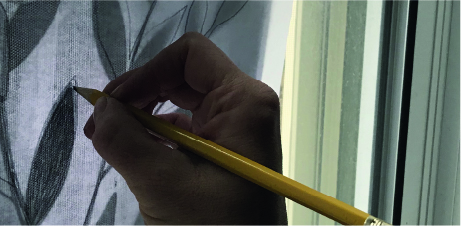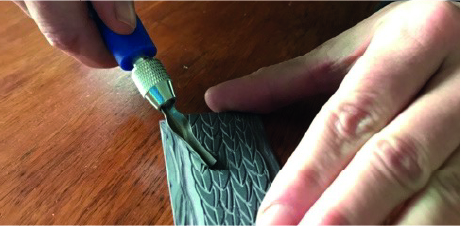

CANADA
TAPISKWAN PROJECT
Tapiskwan was developed through a partnership between the Atikamekw Nation Council and the Université de Montréal Design School. It began as a participatory-action research project in 2011, and since 2017 it is managed by the Nitaskinan Coop, an Indigenous cooperative located on Atikamekw territory.
Tapiskwan aims to mitigate the effects of colonialism on intergenerational cultural transmission and to foster empowerment among Indigenous youth through design workshops. Mentored by elders, artisans, artists and designers, the youth create new products inspired by their cultural heritage. Along the way, they explore their community’s forms of cultural expression and discover several techniques, including drawing, graphic design, and printing. From this, the participants develop new designs that can be applied to various products. At the end of the workshop, the products are presented in an exhibition and can be offered for sale to highlight the youth’s achievements.
THE PROJECT
WHO?
Participants: Indigenous youth and young adults, including those who struggle in school and those who do not feel like they have any particular creative skills.
Trainers: Community elders, experienced artisans, artists and designers who act as mentors for the youth.
Partner institutions & stakeholders: The Atikamekw Nation Council ; Université de Montréal Design School ; Coop Nitaskinan.
WHERE?
One of the three Atikamekw communities (Wemotaci, Opitciwan, Manawan), or in nearby urban centers in Québec, Canada.
WHEN?
Since 2013, the workshops take place usually once or twice per year. Each workshop can last between 5 and 10 days, and are organized in an intensive format.
WHY?
The transmission of Atikamekw cultural heritage has been disrupted by colonial policies that aimed for assimilation, including residential schools where Indigenous children were forbidden to practice their culture. In addition, climate change and other environmentally destructive practices have rendered traditional materials such as moose hide and birch bark scarcer.
Tapiskwan uses design as a means to foster intergenerational cultural transmission, all the while finding alternative materials to create new products. The workshops provide youth with design skills and generates interest and pride in their culture through creative activities.
WHAT?
Prints on paper and textiles, as well as wood products such as canoe paddles.
HOW?
The workshops are divided in several techniques including drawing, graphic design, printing (stencil, linocut, silkscreen) and woodwork.
IMPACTS
The main impacts have been the improvement of youth self-esteem through highlighting their resourcefulness and creativity. One unexpected outcome was an improvement of student attendance during the workshops that took place in schools, including on the part of students who were usually perceived as difficult to motivate.
For additional information
Tapiskwan: www.tapiskwan.com
Coop Nitaskinan: https://coopnitaskinan.com

Celebrating Atikamekw culture
Workshop participants show off the paddles and the canoe they decorated. (Photo: Eruoma Awashish)
HUNTING FOR INSPIRATION
PROJECT | TAPISKWAN
COUNTRY | CANADA
DRAWING BOOTCAMP
PROJECT | TAPISKWAN
COUNTRY | CANADA
PERSONAL LOGO DESIGN
PROJECT | TAPISKWAN
COUNTRY | CANADA
STAMP MAKING AND PRINTING
PROJECT | TAPISKWAN
COUNTRY | CANADA




